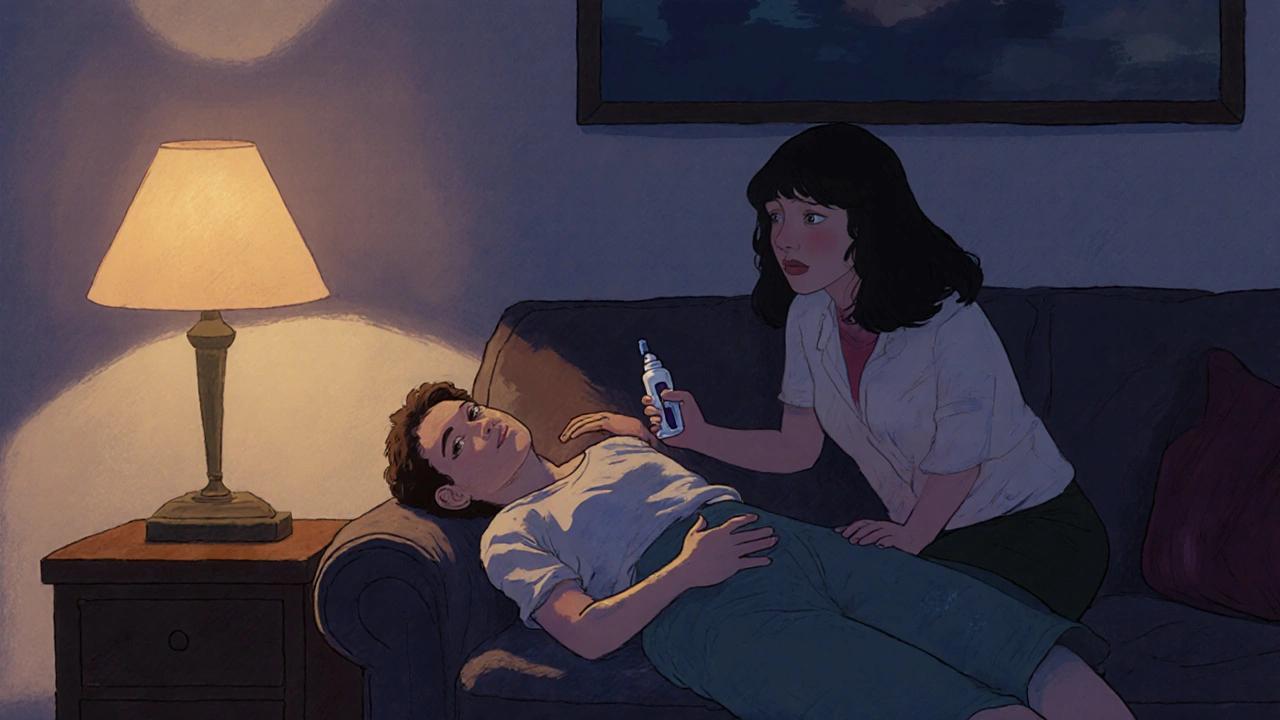Fentanyl Overdose: Signs, Risks, and What to Do Now
When someone experiences a fentanyl overdose, a life-threatening reaction caused by too much of this powerful synthetic opioid. Also known as opioid overdose, it happens when the brain stops telling the body to breathe—often within minutes. Fentanyl is 50 to 100 times stronger than morphine, and even a tiny amount—less than two grains of salt—can be deadly. It’s not just in prescription patches; it’s mixed into counterfeit pills, cocaine, and even fake Xanax sold online. You don’t have to be a long-term user to overdose. Many people don’t even know they’re taking it.
That’s why knowing the signs matters more than ever. Slowed or stopped breathing, blue lips or fingertips, pinpoint pupils, limp body, unresponsiveness—even if someone is snoring loudly, it could be a sign their airway is shutting down. If you suspect a fentanyl overdose, a medical emergency requiring immediate action, call emergency services right away. Then, if you have it, give naloxone, a medication that can reverse opioid effects within minutes. Naloxone isn’t a cure—it’s a bridge to life-saving care. It won’t hurt someone who didn’t take opioids, and it’s safe to use even if you’re unsure. Keep it handy if you or someone you know uses any kind of opioid, even occasionally.
People often think overdoses only happen to those with addiction. But the truth is, fentanyl is hiding in plain sight. A single pill bought for pain relief could be laced with it. A party drug might be spiked. A friend who seems fine one minute could collapse the next. That’s why community awareness isn’t optional—it’s essential. Training in naloxone use, carrying the spray or injection, and knowing how to perform rescue breathing can turn a fatal outcome into a second chance.
Below, you’ll find real-world guides that break down how fentanyl spreads, what to do when someone collapses, how naloxone works in practice, and why mixing drugs makes overdoses more likely. These aren’t theory pieces—they’re tools made for people who need answers fast, whether they’re a user, a family member, or someone trying to help.
Learn how to recognize opioid overdose signs, respond in an emergency, and use naloxone to save a life. Critical steps for bystanders, families, and communities facing the fentanyl crisis.

